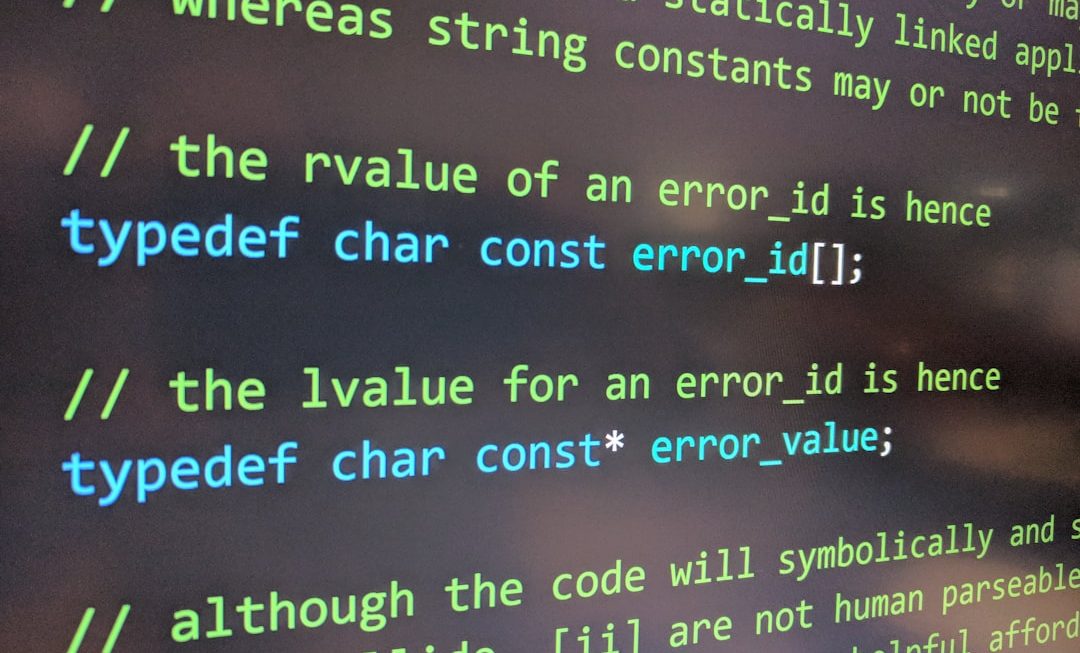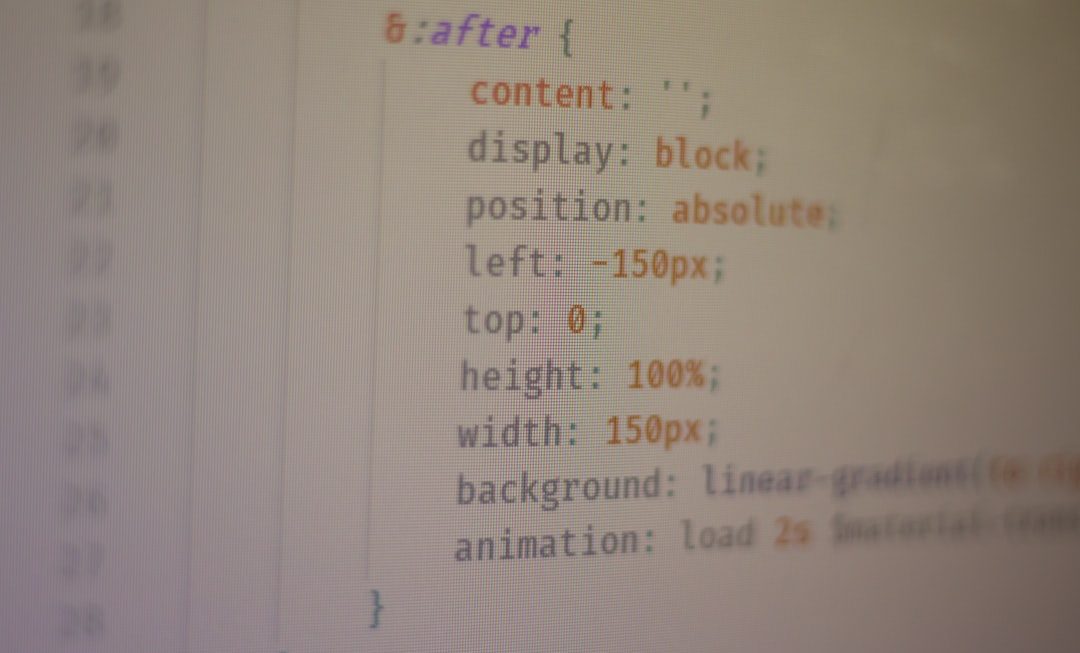Design systems are the backbone of cohesive, scalable, and efficient user interface execution. As teams grow, products evolve, and requirements shift, design systems can become bloated, inconsistent, or outdated. This phenomenon, known as design system debt, poses significant challenges to both design and development teams, often impacting productivity, user experience, and code maintainability.
Addressing design system debt is not as simple as a one-time cleanup. It requires careful audits, strategic prioritization, and long-term pay-down planning. In this article, we’ll explore what design system debt is, how to identify it, and outline approaches to auditing and paying down this debt to ensure long-term design system health.
What is Design System Debt?
Design system debt refers to the accumulated inconsistencies, redundancies, and inefficiencies in a design system that result from hasty implementation, lack of governance, or rapid scaling. Similar to technical debt, these issues are often the result of short-term solutions that make future changes more difficult and time-consuming.
Common examples of design system debt include:
- Duplicate or inconsistent components
- Outdated design tokens or color sets
- Lack of documentation or usage guidelines
- Redundant or deprecated UI patterns
- Incompatibility with latest accessibility standards
Why Design System Debt Occurs
Teams accumulate design system debt for multiple reasons, such as:
- Rapid scaling: When product growth outpaces the ability to maintain a consistent UI, shortcuts are often taken.
- Team silos: Lack of communication between product, design, and engineering can lead to duplication of efforts.
- Inadequate documentation: Without clearly defined usage and governance models, teams may unknowingly introduce inconsistencies.
- Changing business needs: As business priorities shift, components and patterns may be patched or modified in ways that hamper reusability.
Auditing Design System Debt
An audit is the first step in managing and reducing design system debt. A thorough audit helps you inventory existing components and assess their quality, usage, and alignment with current standards.
Steps to conduct a successful design system audit:
- Inventory components: Document all existing components across platforms (web, mobile, etc.), including variations and states.
- Review usage: Analyze how components are being used in various products. Tools like Figma analytics, Storybook, and pipeline tracking can help.
- Evaluate consistency: Check for duplicated or slightly varied components serving similar purposes. Assess color, typographic, and spacing inconsistencies.
- Test accessibility: Evaluate whether components adhere to accessibility standards such as WCAG 2.1.
- Document issues: Create an easy-to-understand matrix of issues, categorizing them by severity and effort to fix.

Red Flags Identified During Audits
While conducting audits, teams often discover several red flags that indicate high design system debt:
- Multiple button components with slightly different padding, fonts, or shadows
- Color tokens that are no longer used or inconsistently applied
- Inconsistent application of responsive rules across grid systems
- Obsolete components maintained for legacy systems
Creating a Pay-Down Plan
Once a design system audit is complete, the next step is to create a pay-down plan for addressing the debt. This plan should balance short-term quick wins with longer-term foundational improvements.
1. Prioritize Issues
Use a prioritization framework such as Impact vs. Effort to identify where to start. Fixing inconsistencies in commonly used components like buttons or input fields should often take precedence.
2. Set Clear Goals
Define what success looks like. For example:
- Reduce component duplication by 40%
- Achieve full WCAG 2.1 AA compliance within 6 months
- Establish and enforce token naming conventions
3. Assign Ownership
Assign specific team members or task forces to own each area of improvement. This accountability ensures momentum and cross-functional collaboration.
4. Build and Test Upgrades
Redesign and refactor components systematically. Rigorously test them for responsiveness, accessibility, and cross-browser compatibility before replacement.

5. Migrate Gradually
A full system overhaul is rarely feasible. Plan gradual migrations by deprecating old components and adding new ones in tandem. Provide documentation and support for teams making the transition.
6. Monitor Progress
Regularly review metrics like component usage, system adoption, and user feedback. Adjust your approach as needed based on this feedback loop.
Maintaining a Healthy Design System
Once the debt is addressed, preventative steps can help maintain long-term system health:
- Governance models: Define standards for component creation, updates, and retirement.
- Design tokens: Use tokens to ensure consistency in things like spacing, typography, and colors.
- Regular reviews: Schedule quarterly audits or reviews to catch emerging issues early.
- Cross-functional collaboration: Involve design, development, and QA in design system decisions.
- Clear documentation: Maintain robust, accessible documentation for users of the design system.
FAQ: Design System Debt
What causes design system debt?
Design system debt is typically caused by rapid scaling, lack of documentation, team silos, and changing business needs that lead to inconsistency and redundancy in UI patterns and components.
How often should a design system be audited?
It’s best to conduct a comprehensive audit annually, with smaller, incremental reviews done quarterly to ensure ongoing alignment with standards and business needs.
Can design system debt be fully eliminated?
While complete elimination is unrealistic, especially in rapidly evolving product ecosystems, design system debt can be greatly minimized and managed through consistent maintenance and governance.
Who is responsible for paying down design system debt?
Ideally, responsibility should be shared among a dedicated design systems team, including representatives from design, development, product, and accessibility roles to ensure balanced improvements.
What tools can help manage design system debt?
Tools like Figma, Storybook, Zeroheight, and design linting plugins can assist in identifying inconsistencies, tracking documentation, and improving system scalability.
What’s the difference between technical debt and design system debt?
While related, technical debt refers to development inefficiencies, such as outdated code or architecture. Design system debt pertains to UI and UX inconsistencies, component duplication, and design governance issues. The two often influence each other.
Managing design system debt is not just about cleanup—it’s about building a scalable foundation that evolves with your product. By integrating regular audits, pay-down strategies, and robust governance, teams can ensure that their design systems remain lean, effective, and ready for the challenges of the future.




